ZINC CARBONATE
Factoty Competitive Price
Strict quality control
Prompt delivery
SPECIFICATIONS
ITEM | Technical indicators | The measured results |
Appearance | White powder | White powder |
Zn % | 56.0 | 57.5 |
Loss on ignition | 25.0-30.0 | 27.1 |
Pb % | 0.04 | 0.0006 |
Moisture content % | 5.0 | 2.6 |
SO4 % | 0.6 | 0.36 |
Fineness % | 95.0 | 99.2 |
Cd %
| 0.10
| 0.0002
|
APPLICATION
 In Veterinary Applications
In Veterinary Applications
It serves as an astringent, antiseptic, and topical wound protector in animals.
It also helps prevent diseases caused by zinc deficiency, which is why it is used as a supplement in the diet of some animals, provided that the amounts administered are within the standards established by health organizations.
Zinc carbonate is sometimes administered as a micronutrient to prevent disease in animals.
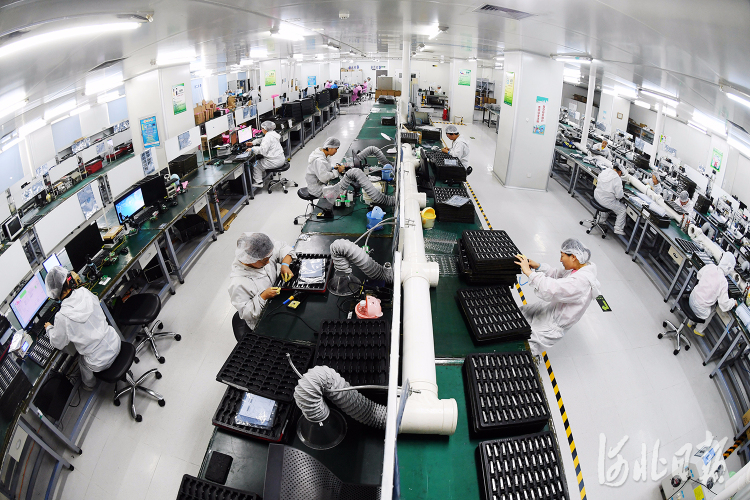 In Medical Treatments
In Medical Treatments
This compound allows for obtaining some pharmaceutical products. It is applied to inflamed skin in the form of a powder or lotion.
As a Flame Retardant
It is used as a fireproof filler for rubbers and plastics that are exposed to high temperatures.
It protects textile fibres from fire. In the case of cotton textiles, it is applied to the fabric along with some alkali. This directly attacks the primary hydroxyl groups (–CH2OH) of the cellulose and converts them into sodium cellulose (–CH2ONa).
WAREHOUSE
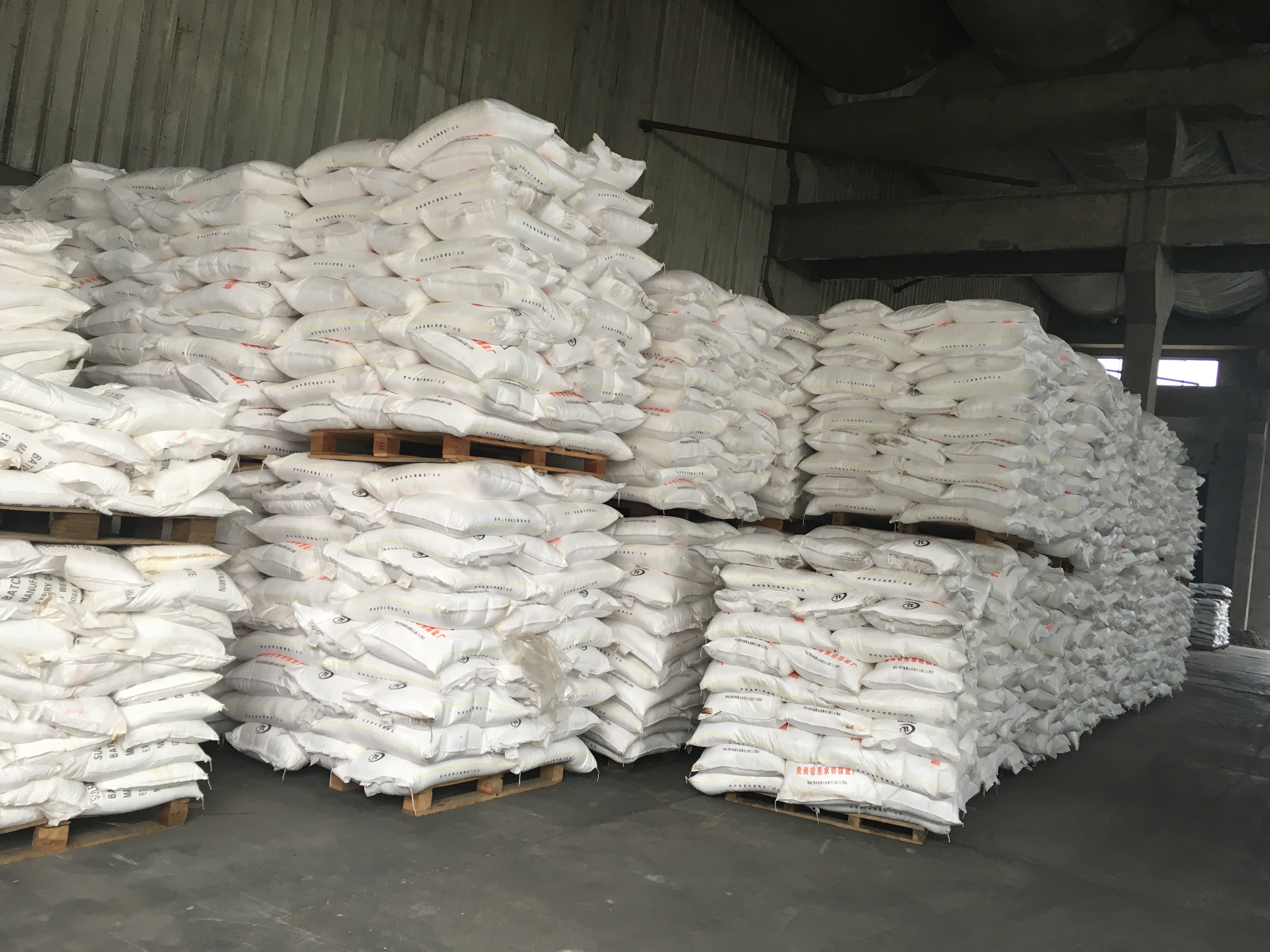
FACTORY

TRANSPORT
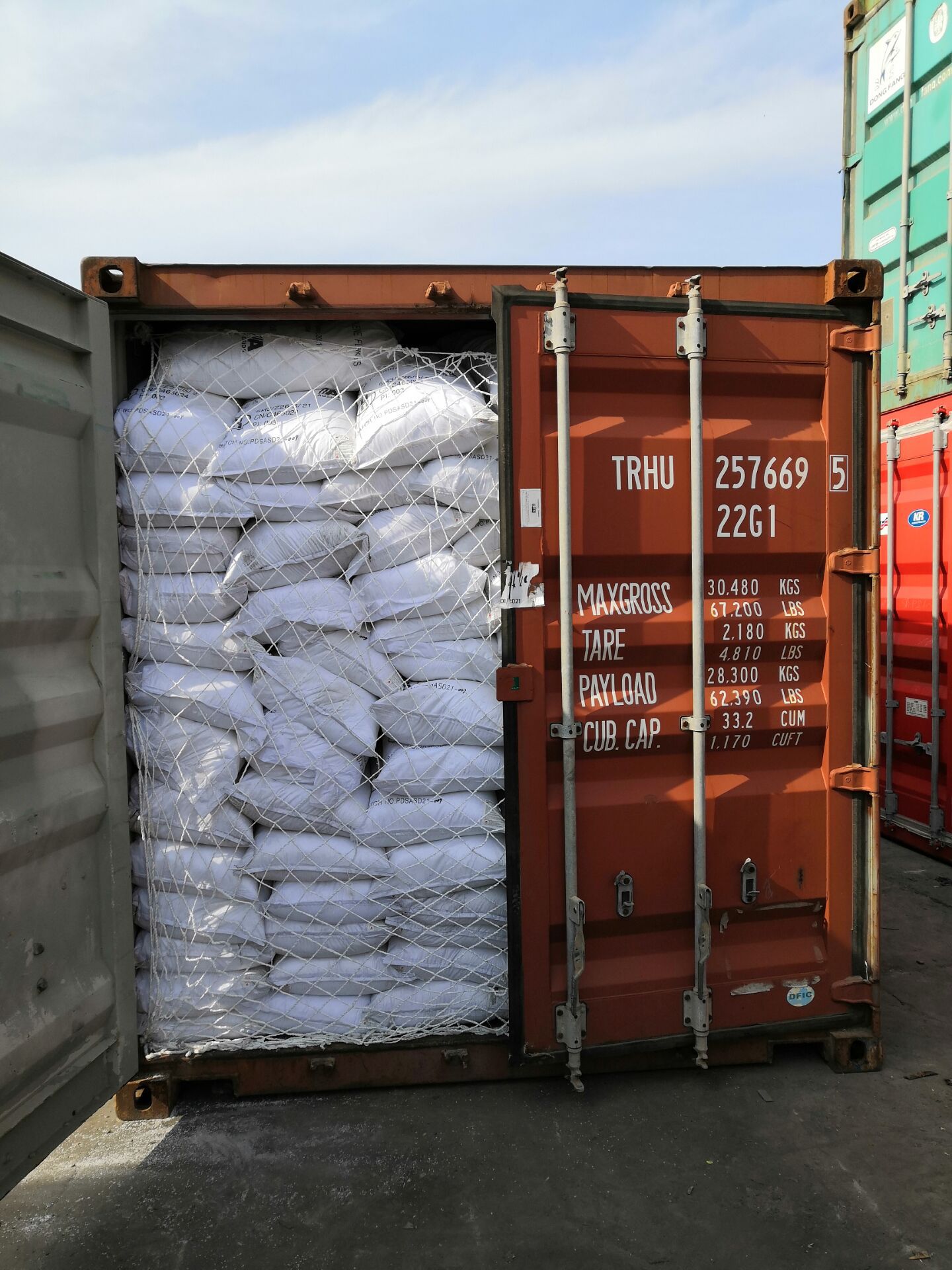

AUTHENTICATION CERTIFICATE
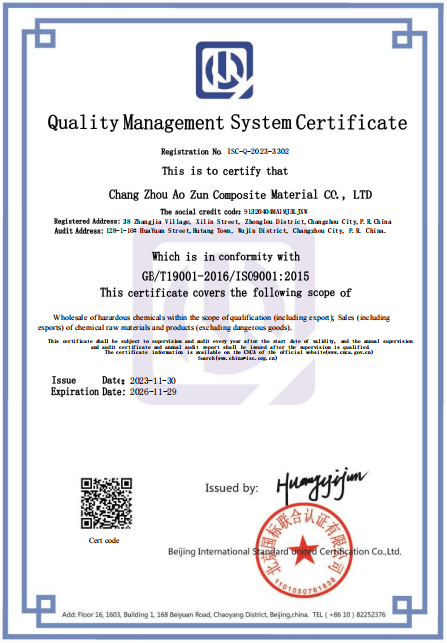
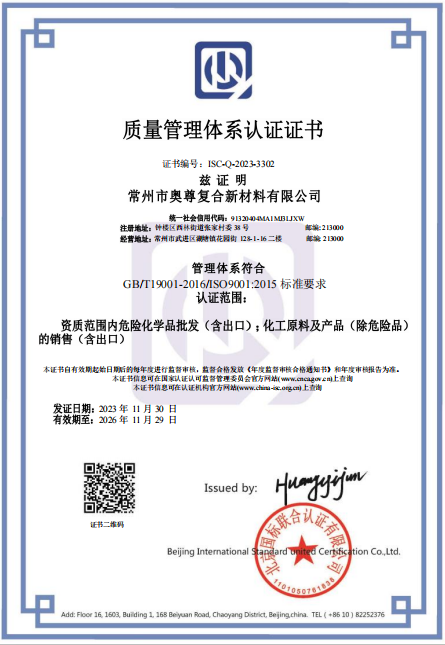

FAQ
Q1: May I get sample?
A1: Free sample is available, you only need to pay freight.
Q2: How long does it take for me to get sample?
A2: Usually it will cost about 5 days after delivery.
Q3: How can I place an order?
A3: You can contact us about your order details by E-mail, WhatsApp, Skype, etc.
Q4: How can you guarantee your products are qualified?
A4: We will test the goods and issue COA before delivery

English
العربية
Français
Русский
Español
Português
Deutsch
italiano
日本語
한국어
Nederlands
Tiếng Việt
ไทย
Polski
Türkçe
አማርኛ
ភាសាខ្មែរ
Bahasa Melayu
ဗမာစာ
Filipino
Bahasa Indonesia
magyar
Română
Čeština
қазақ
हिन्दी
فارسی
Kiswahili
Slovenčina
Slovenščina
Norsk
Svenska
українська
Ελληνικά
Suomi
עברית
Latine
Dansk
اردو
বাংলা
Hrvatski
Afrikaans
Eesti keel
සිංහල
latviešu
Български
Hausa
íslenska
Kurdî
Lietuvių
isiZulu











 In Veterinary Applications
In Veterinary Applications In Medical Treatments
In Medical Treatments























